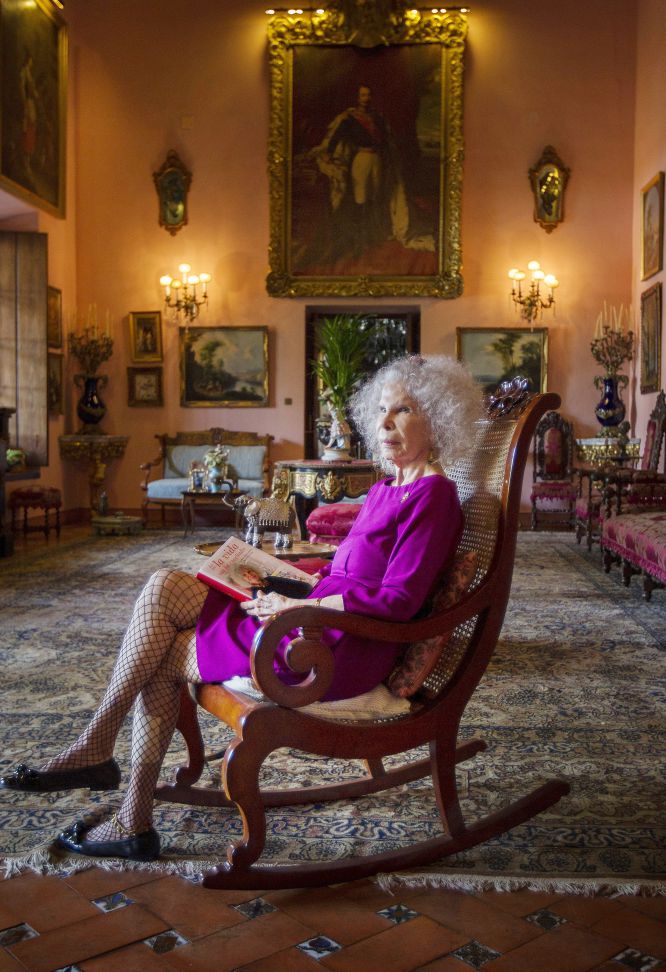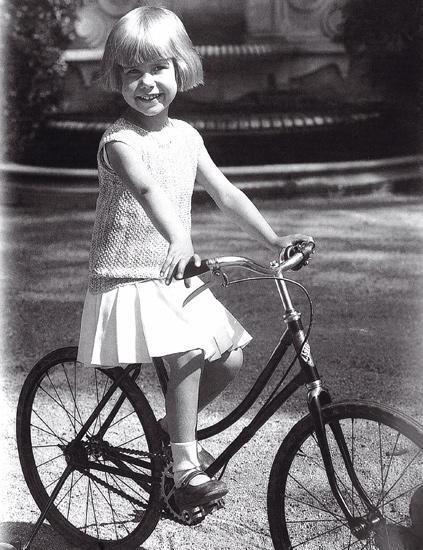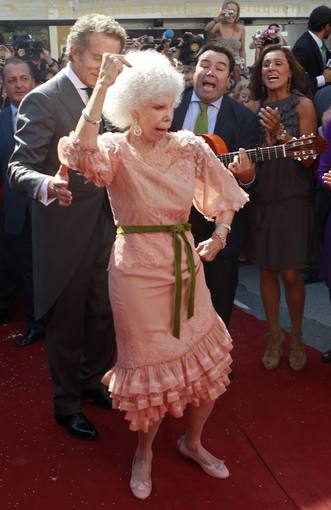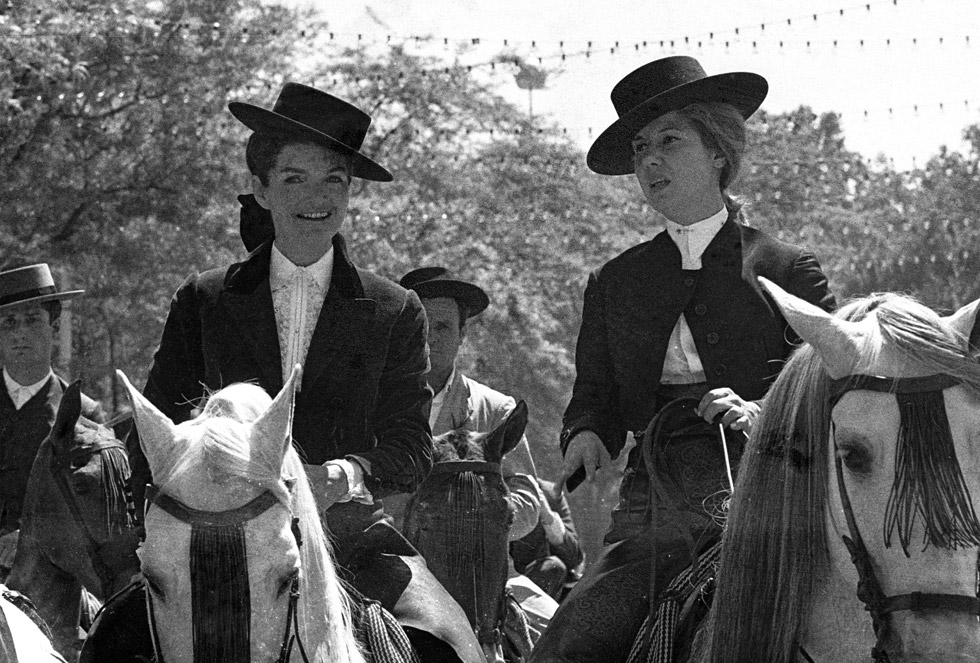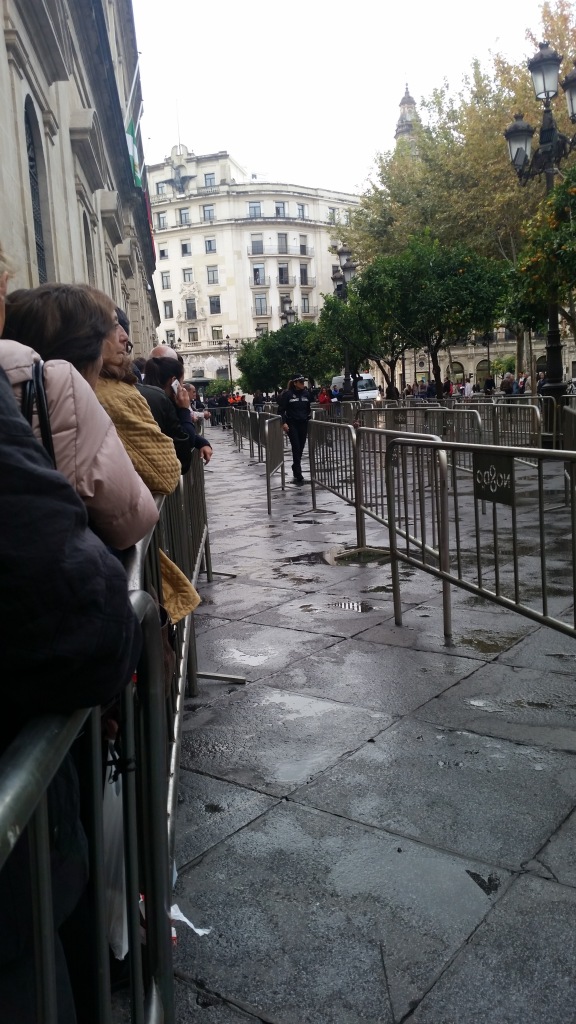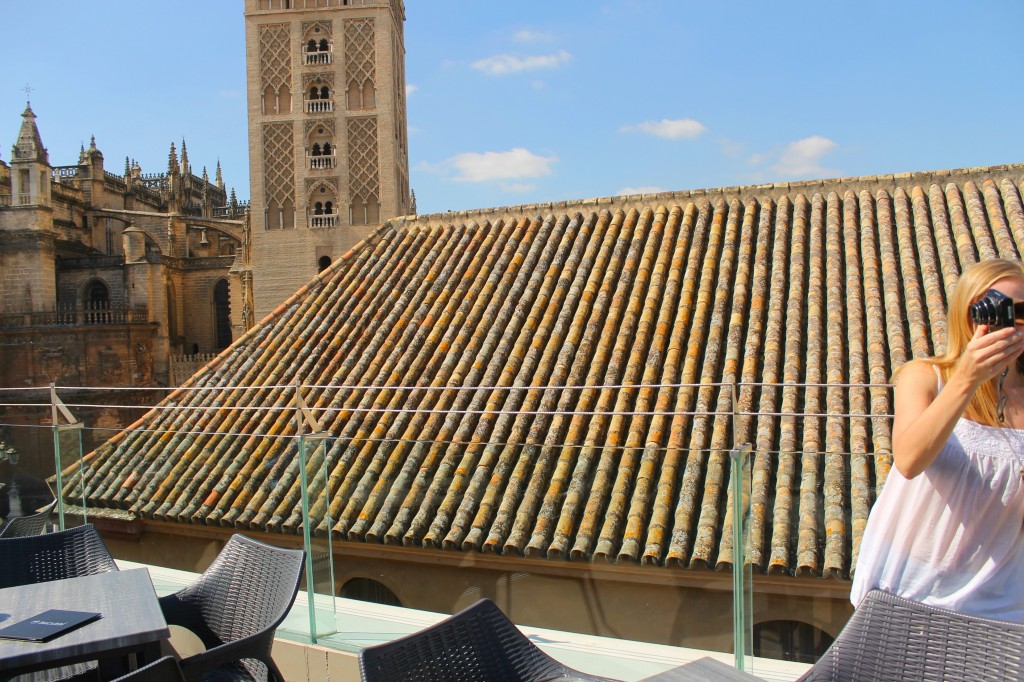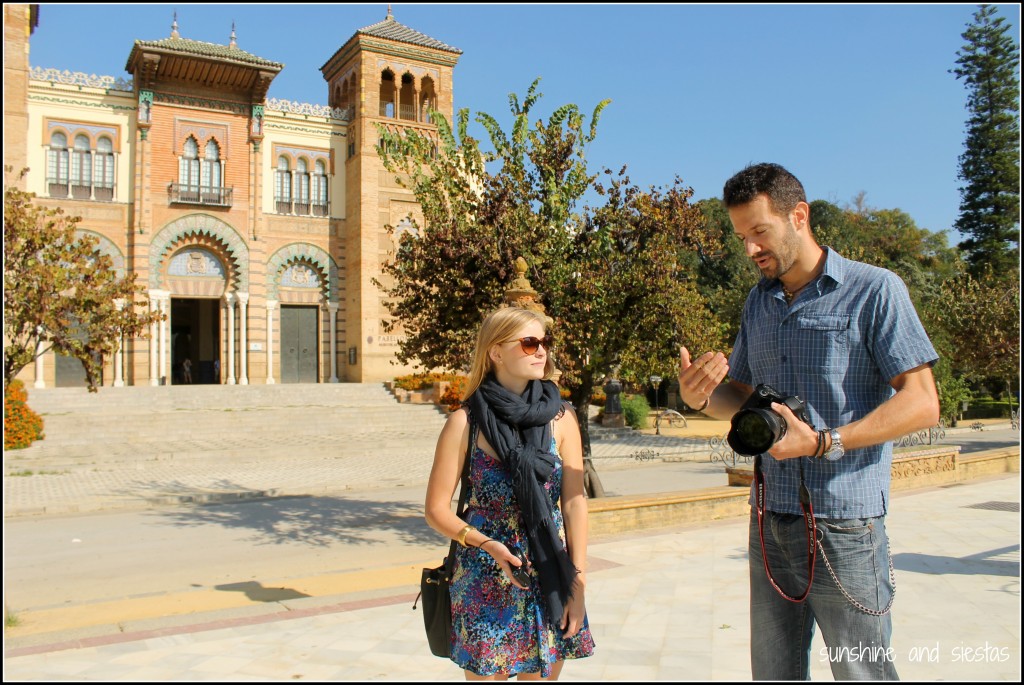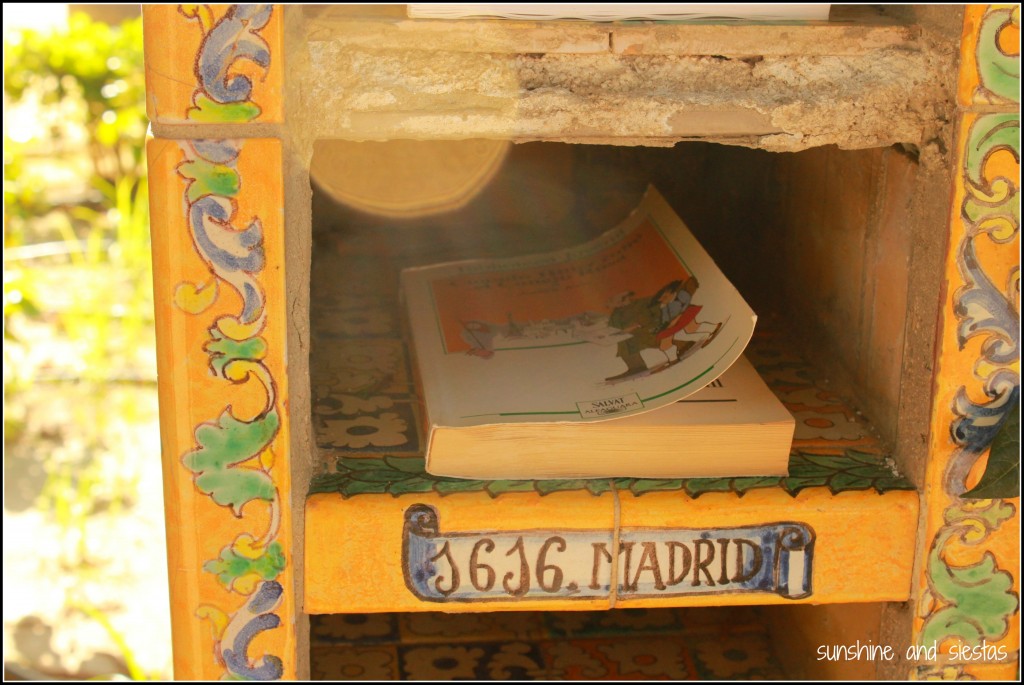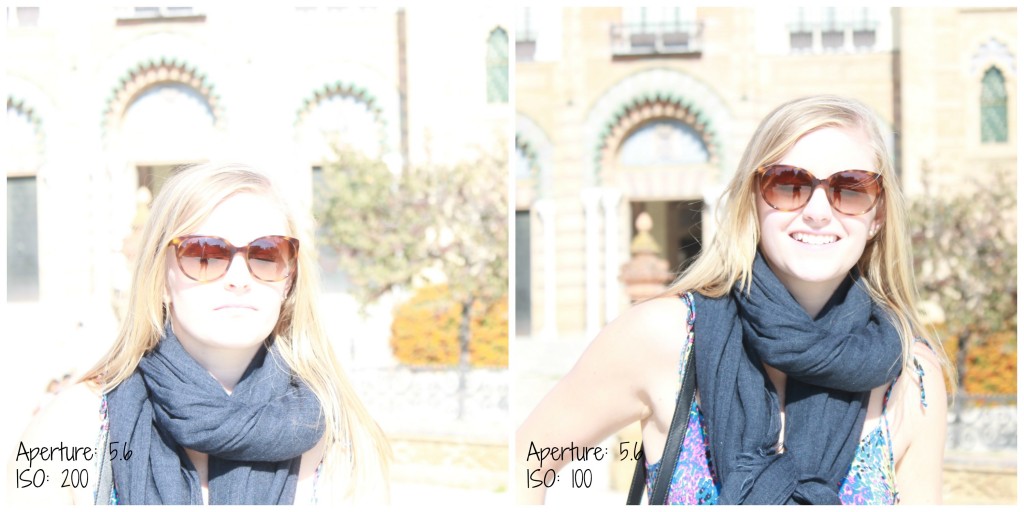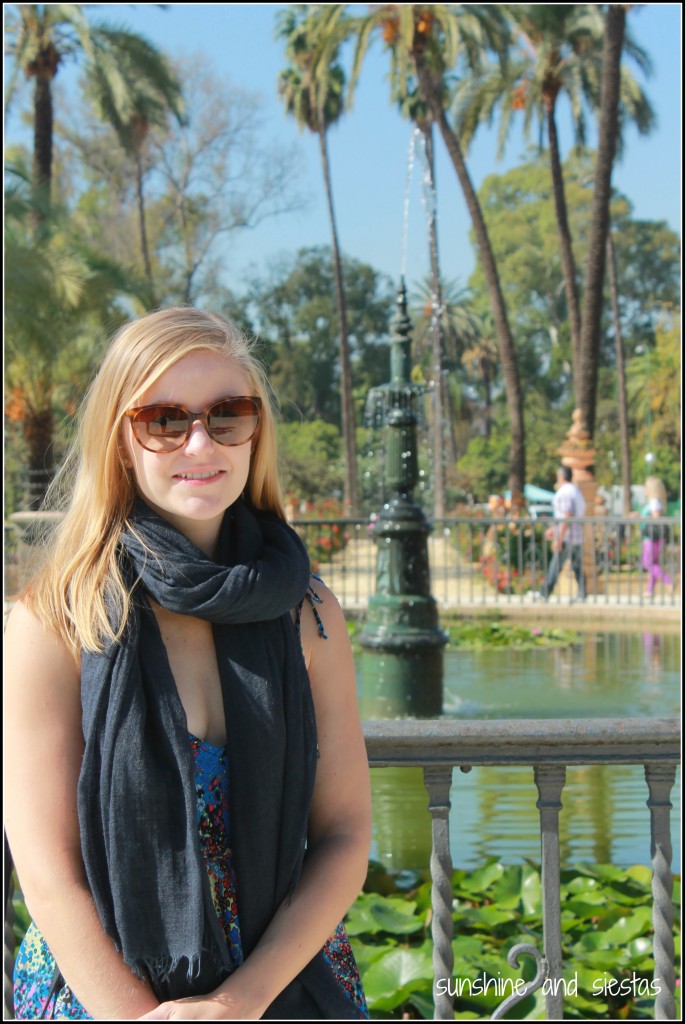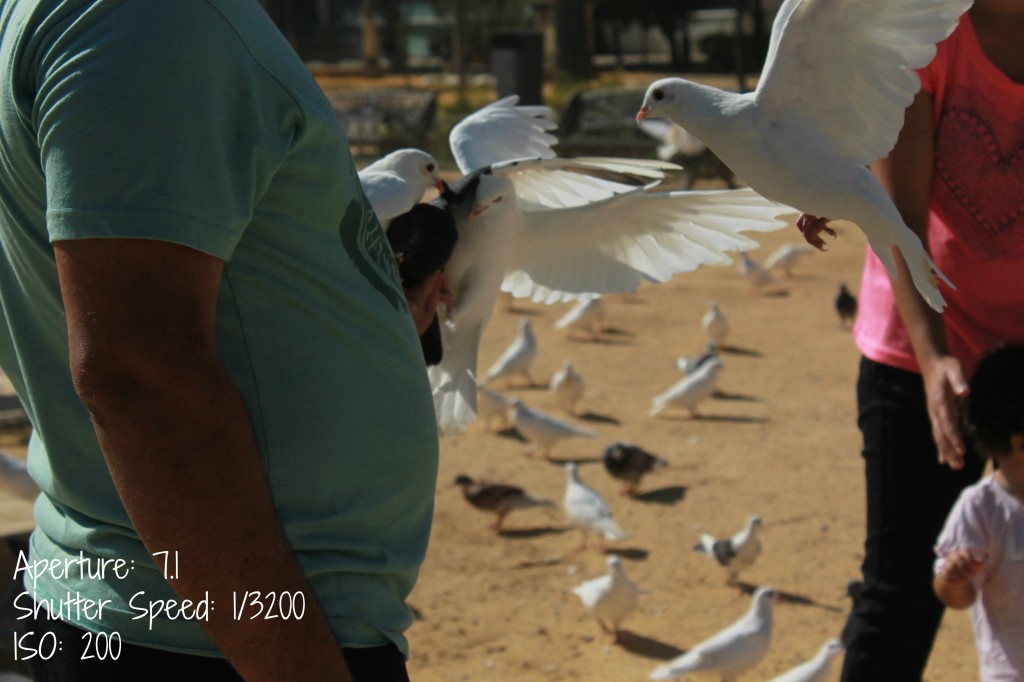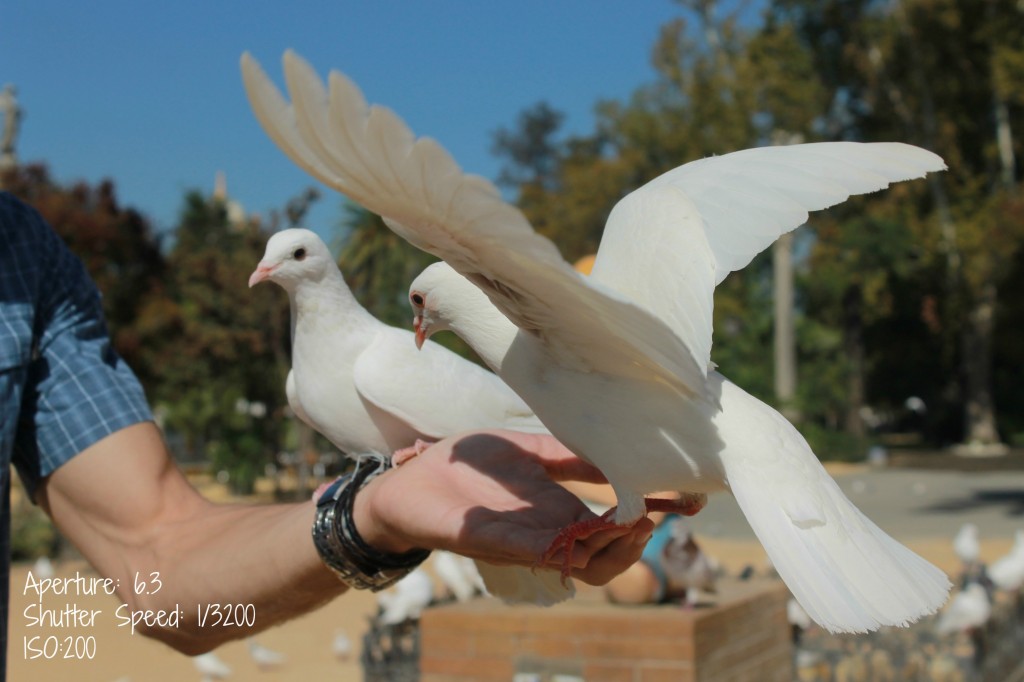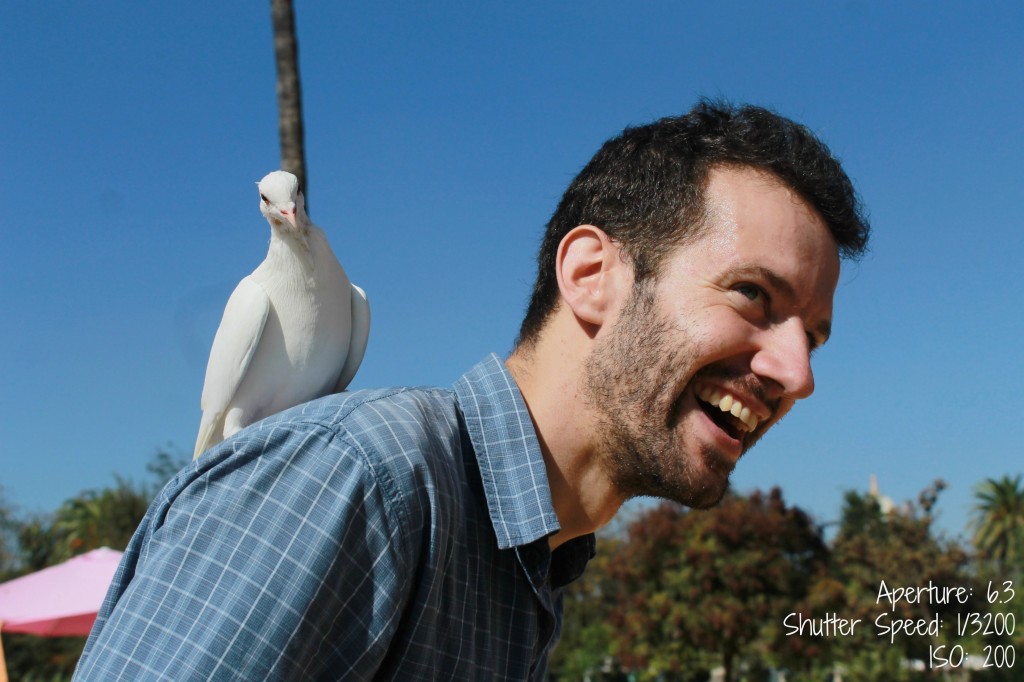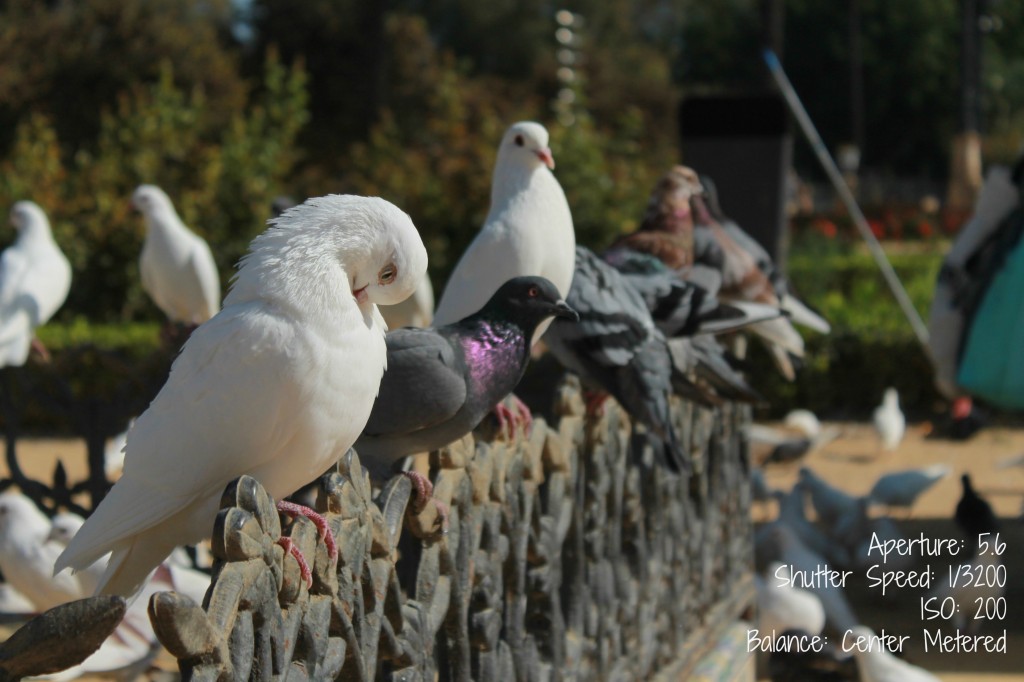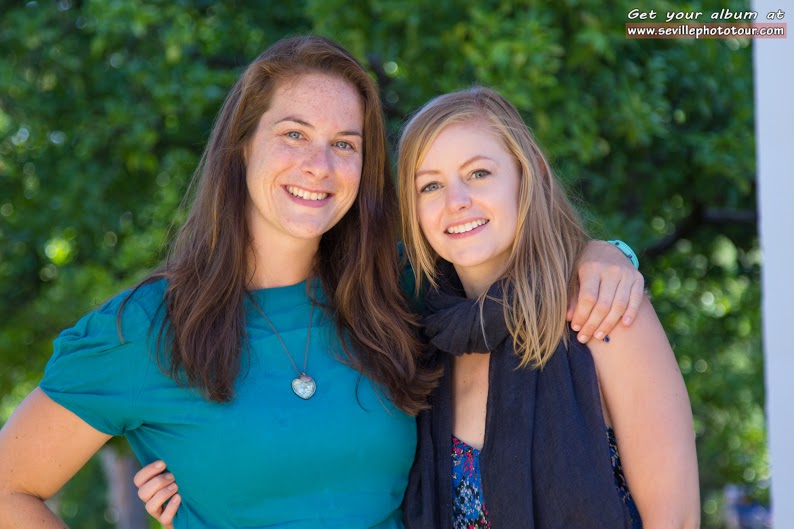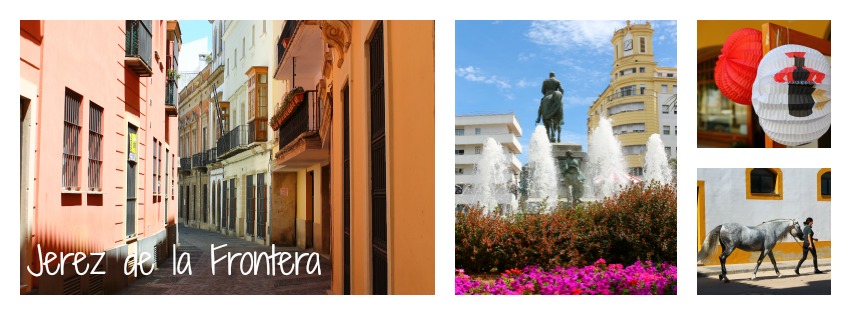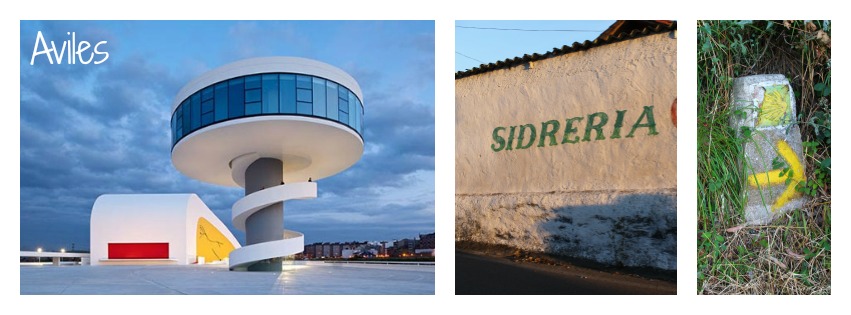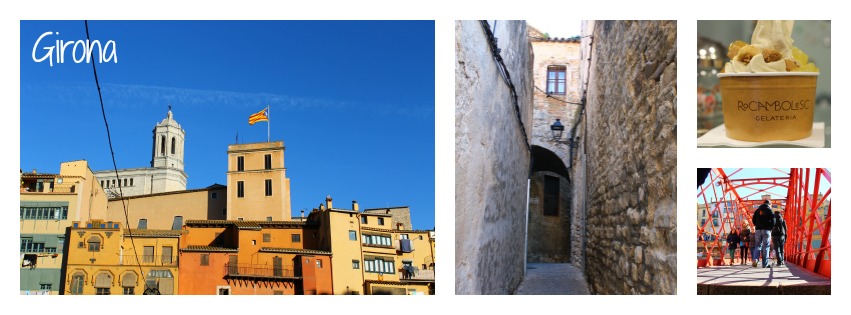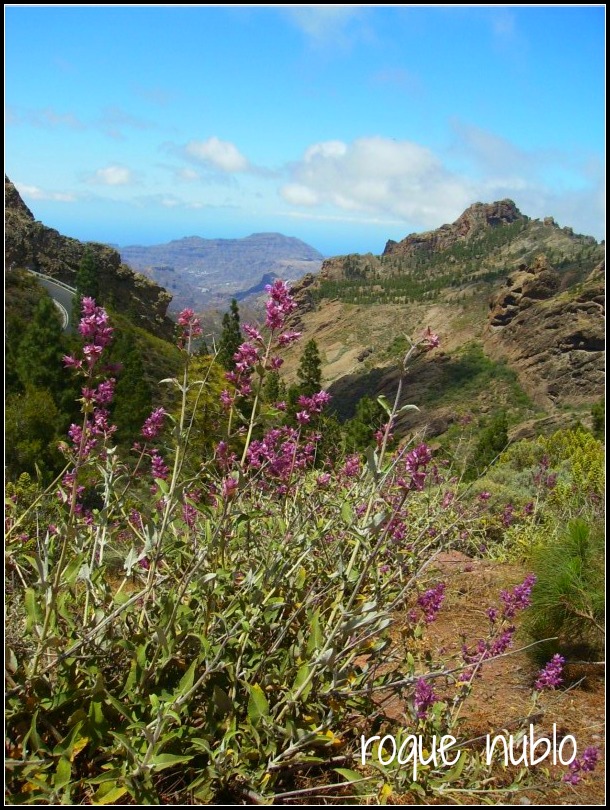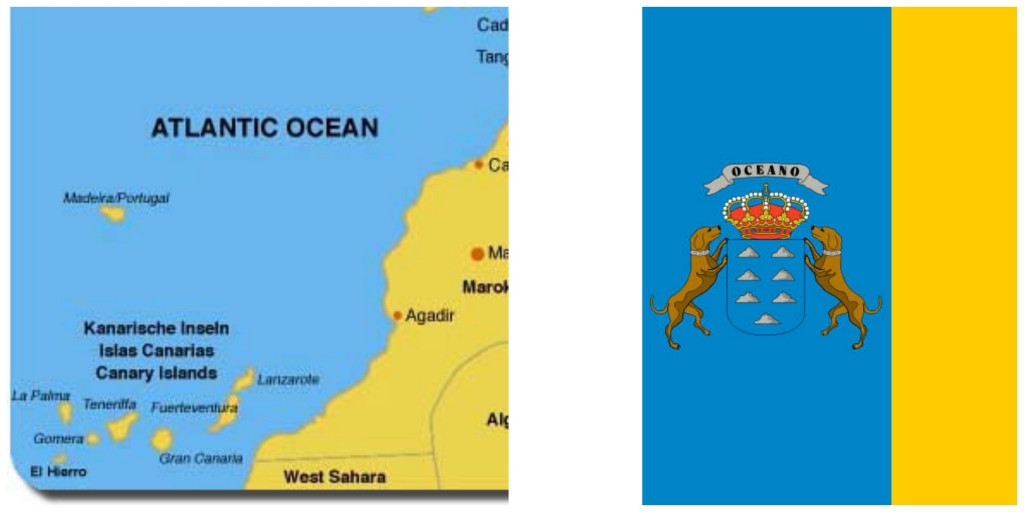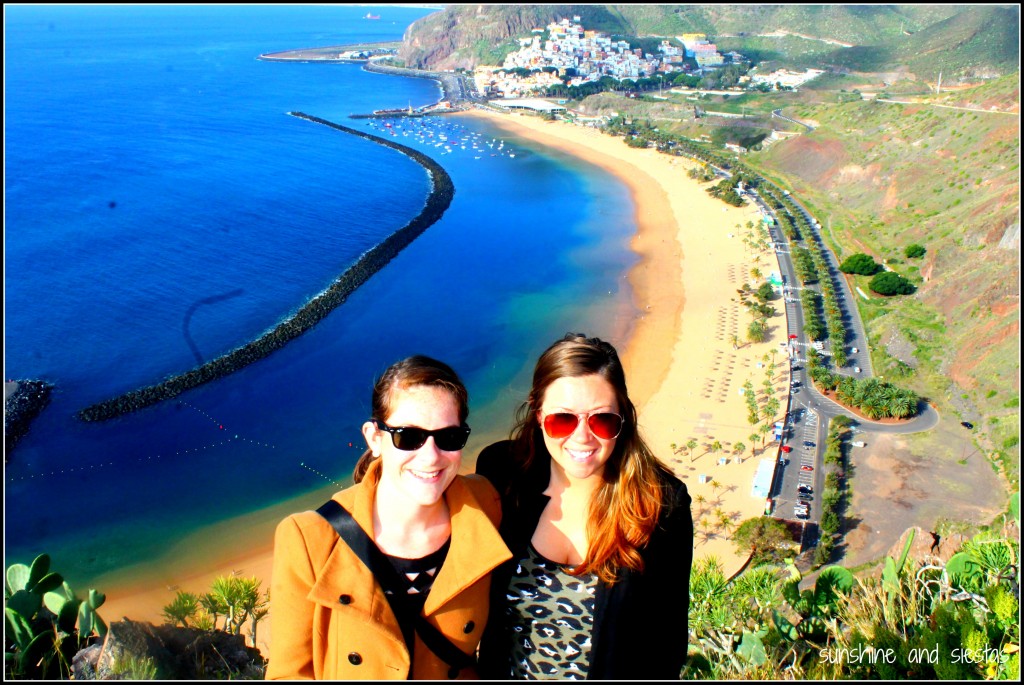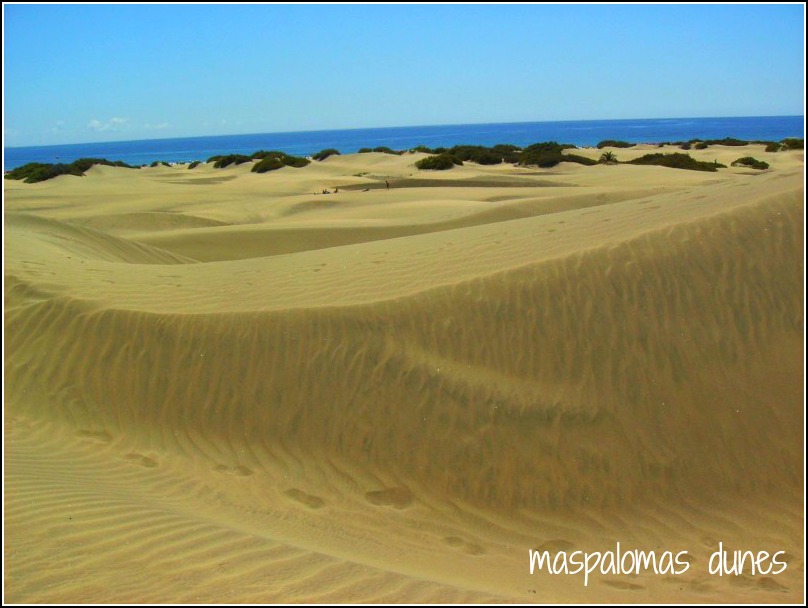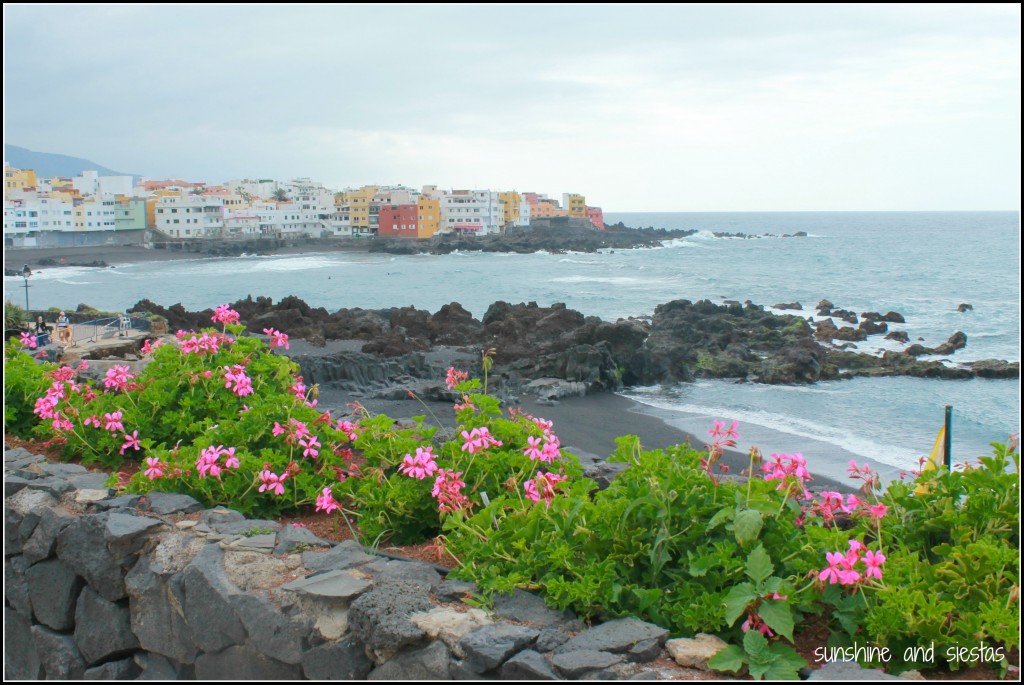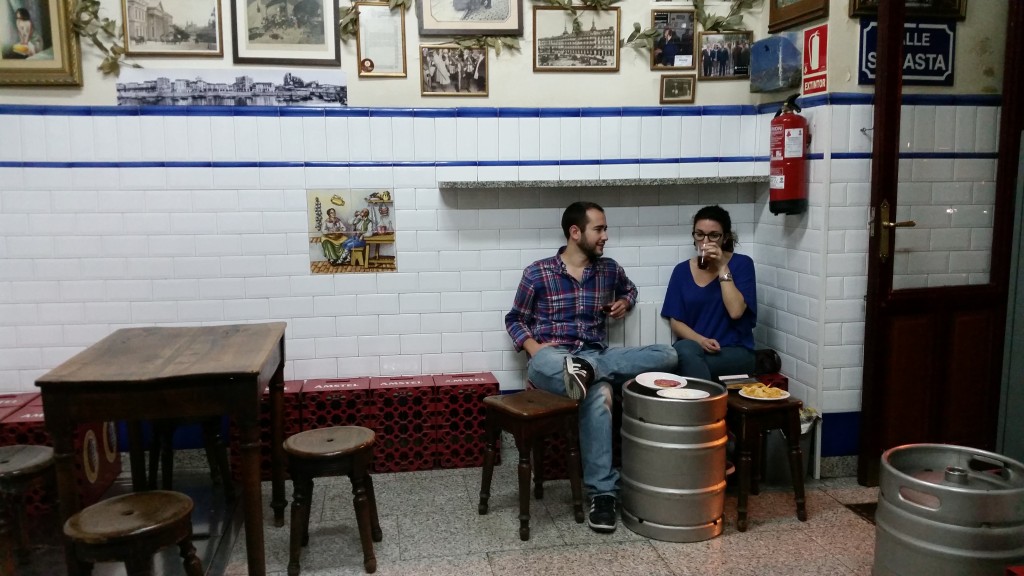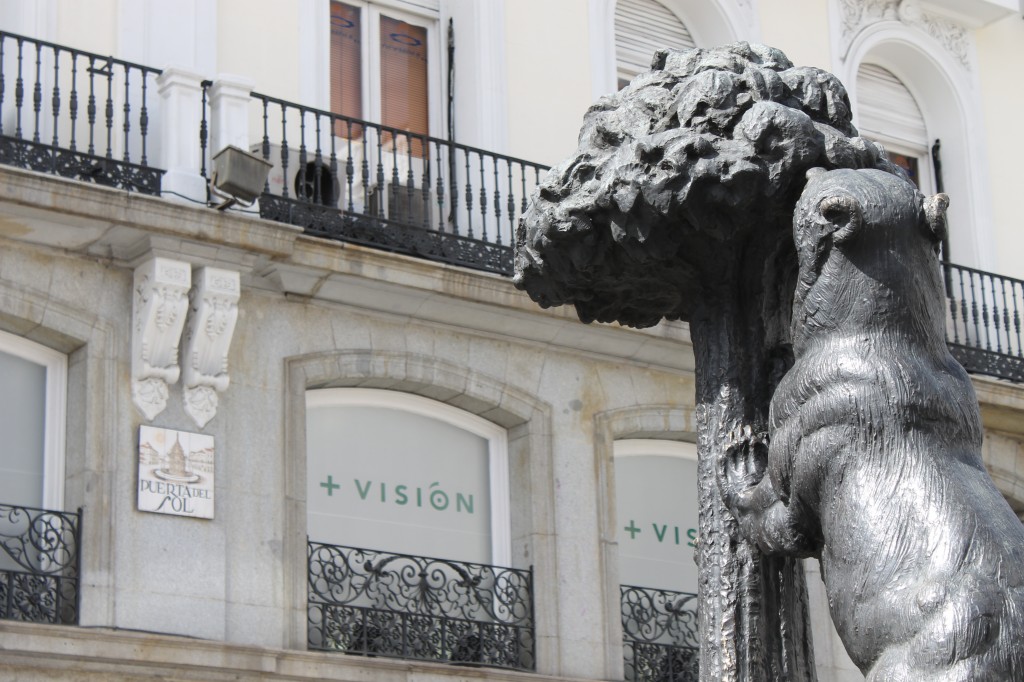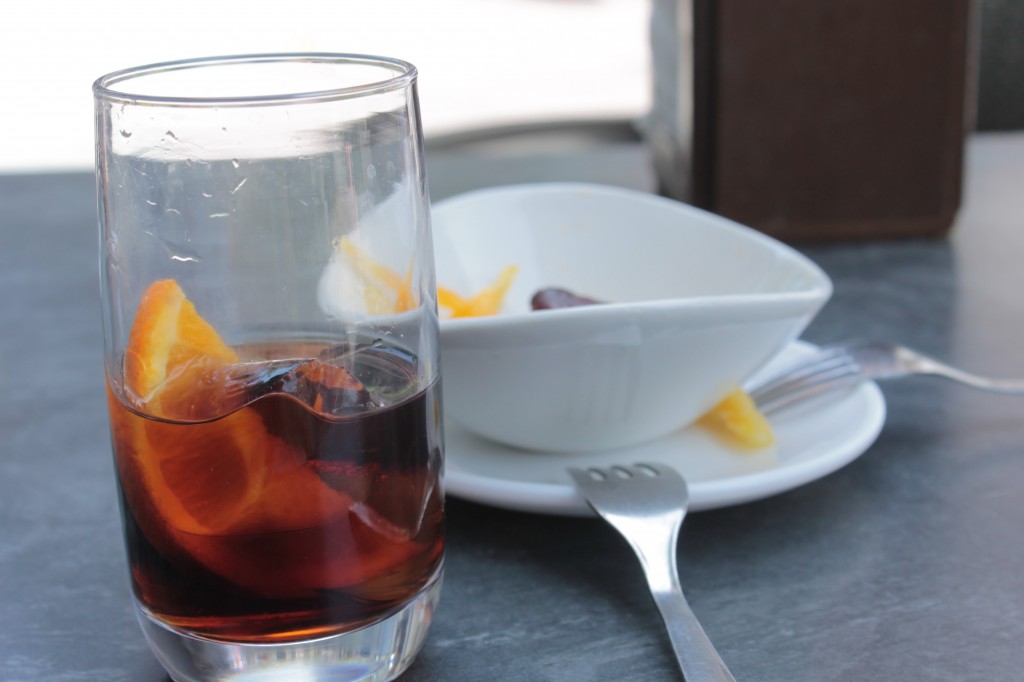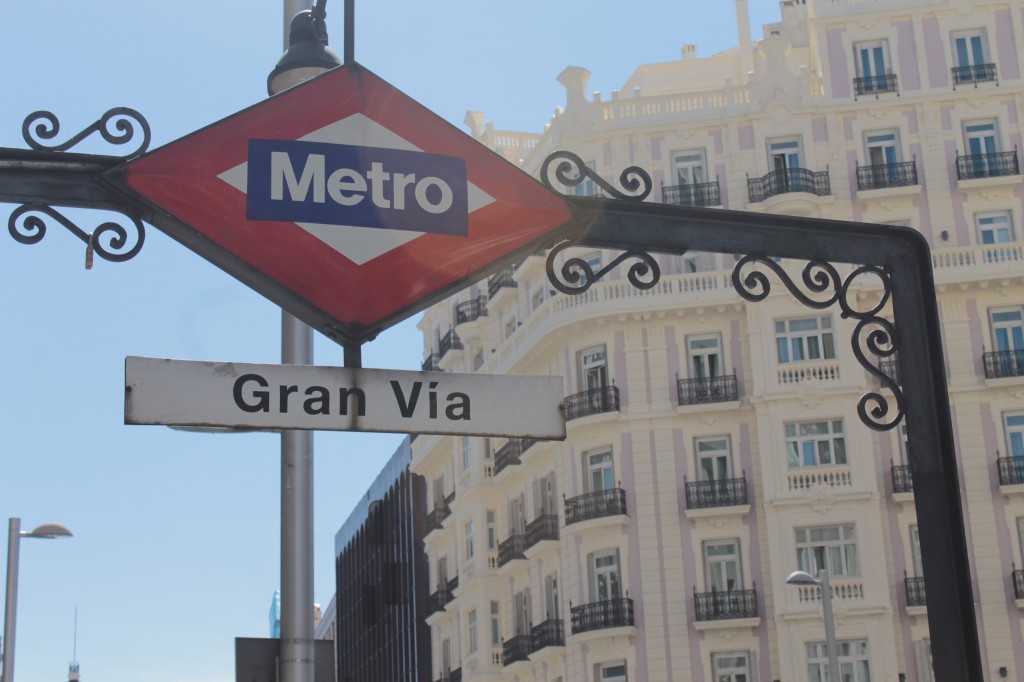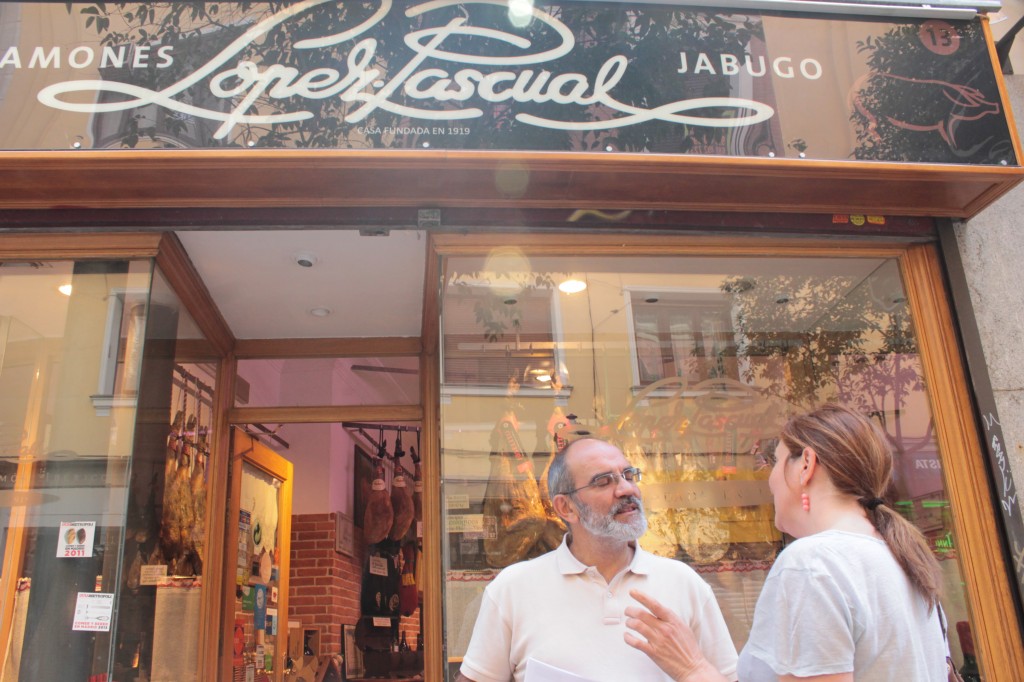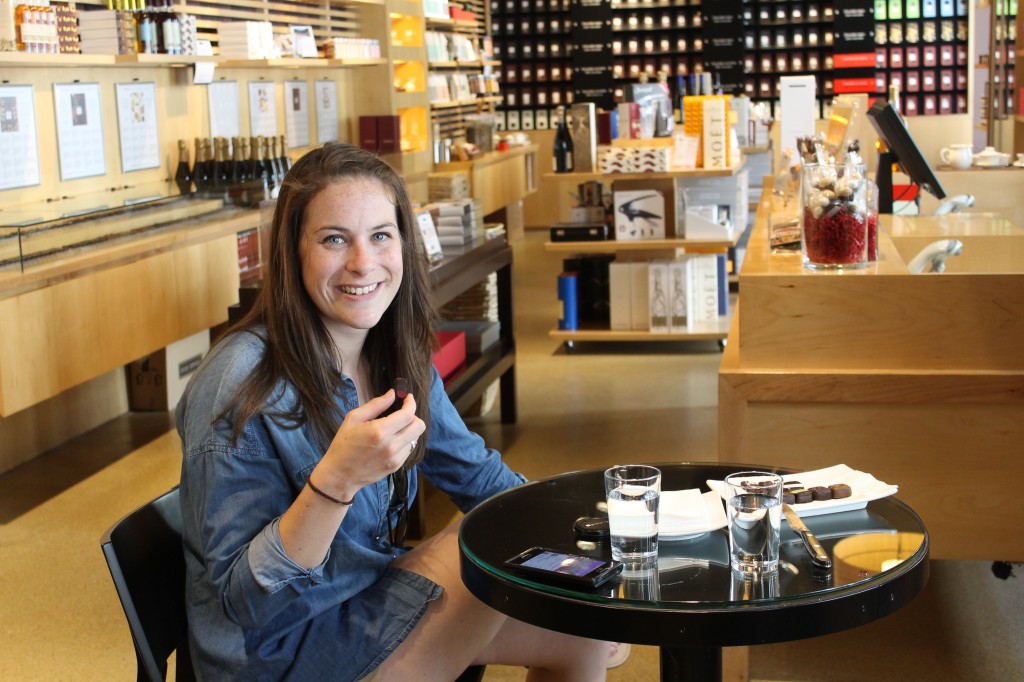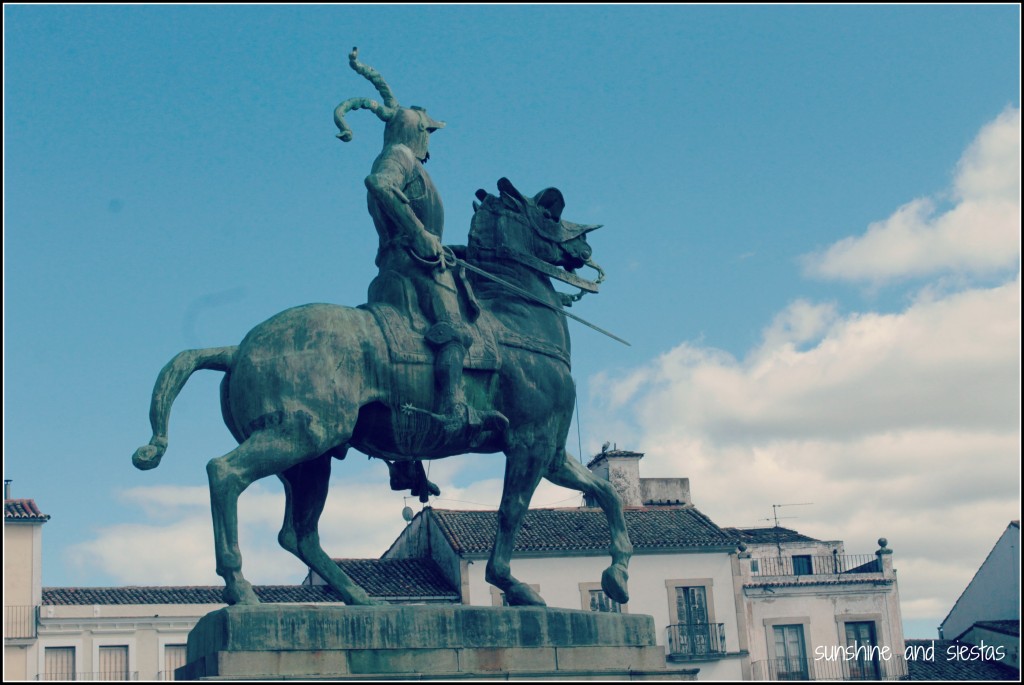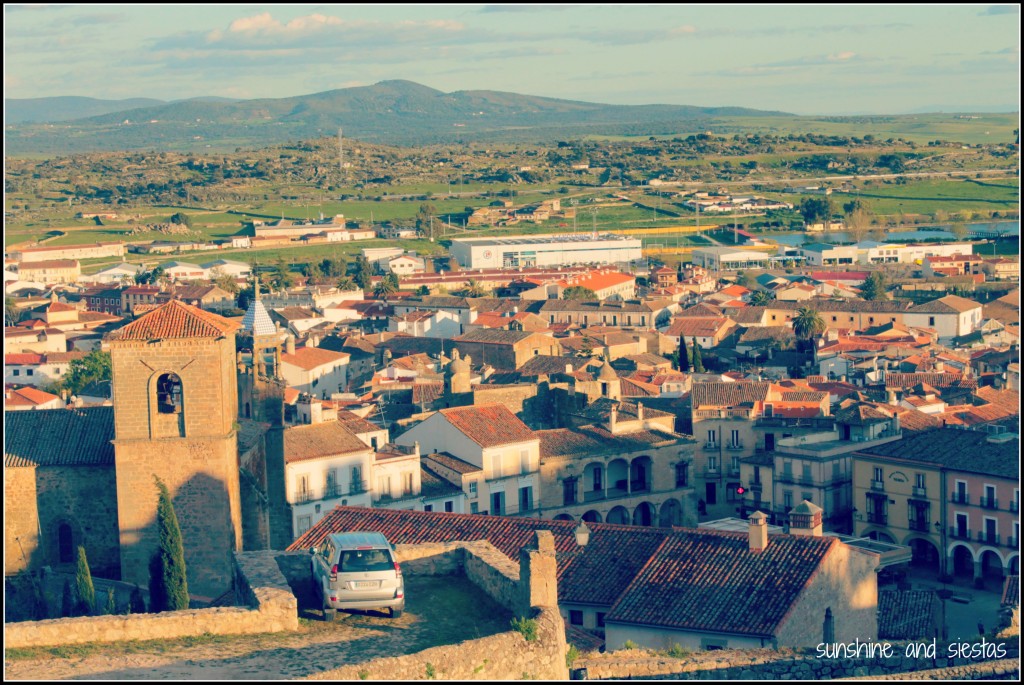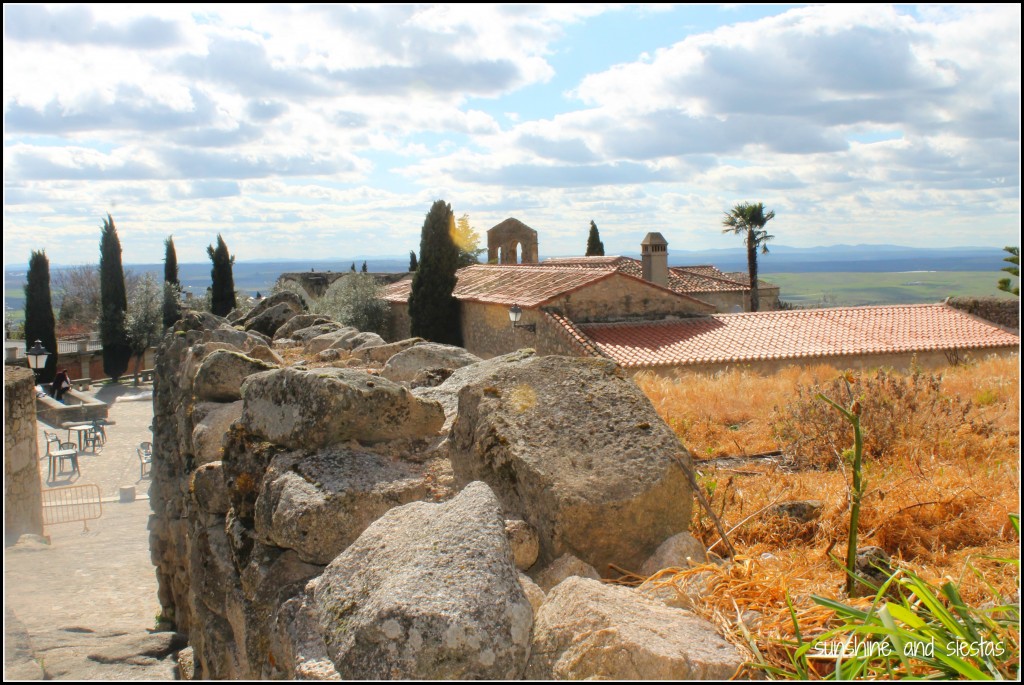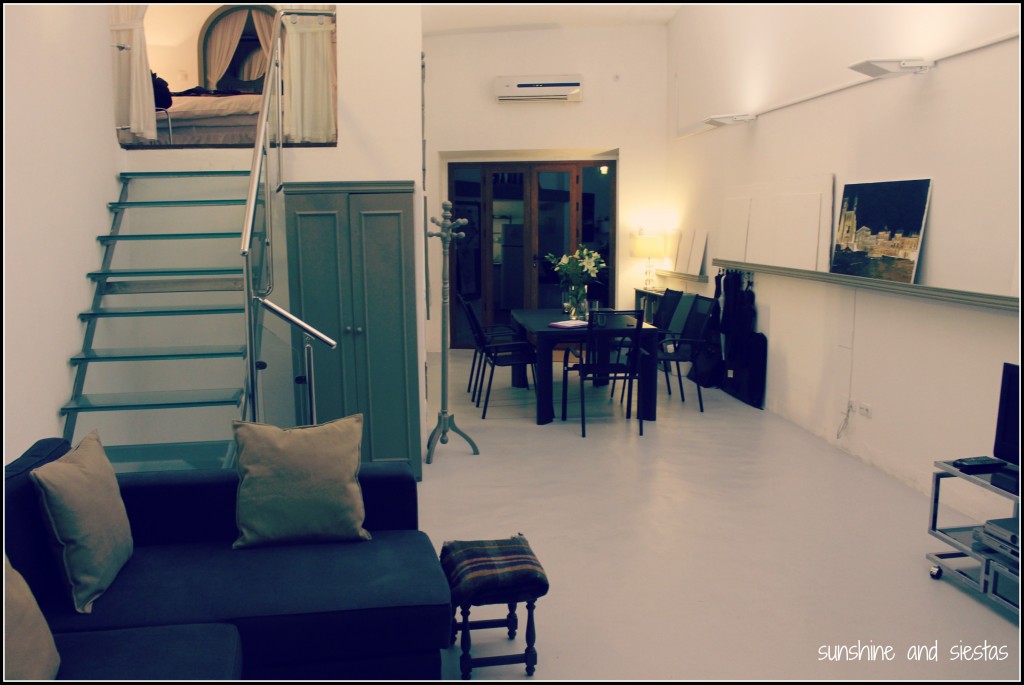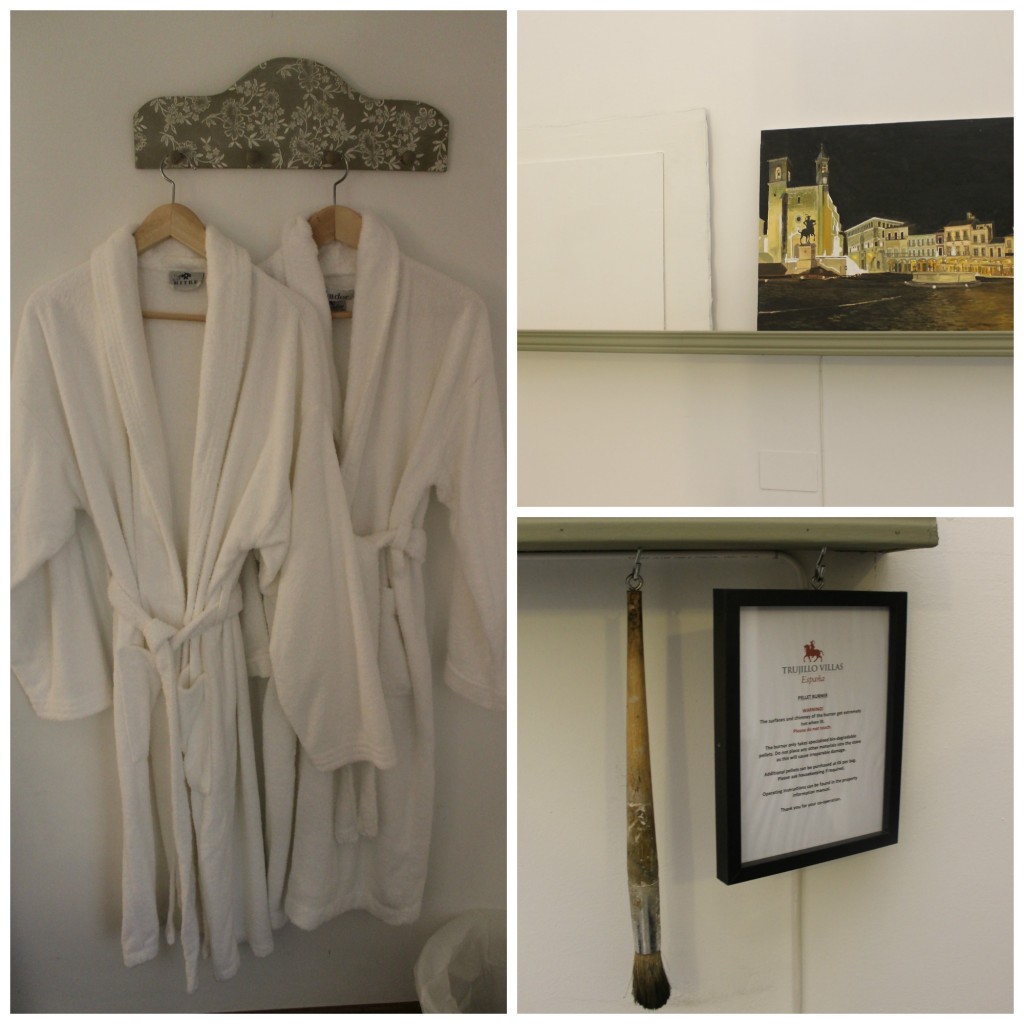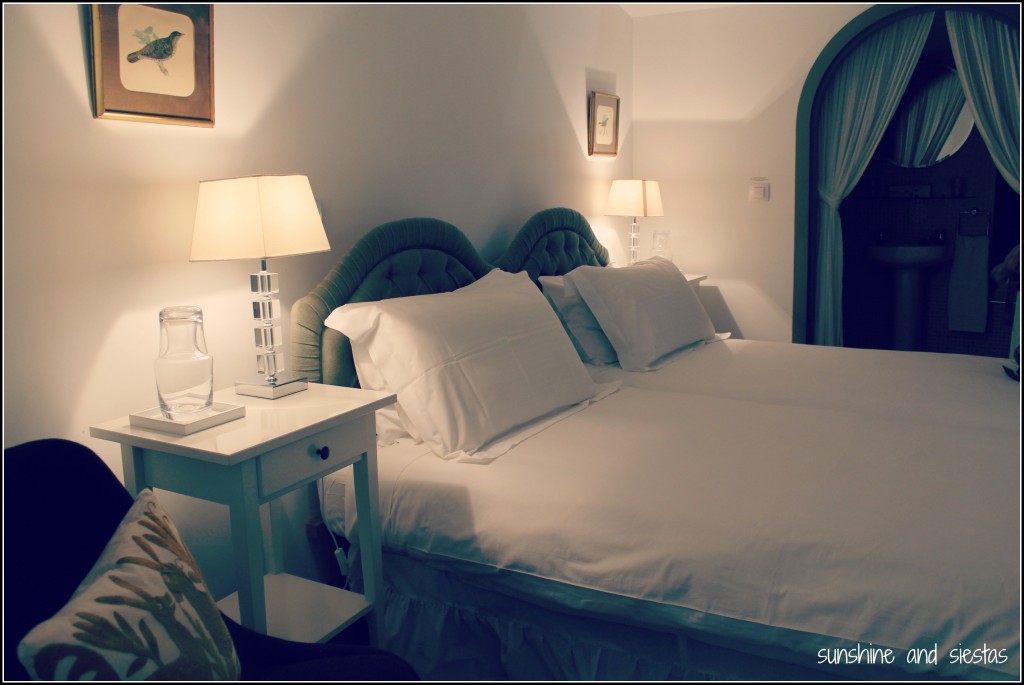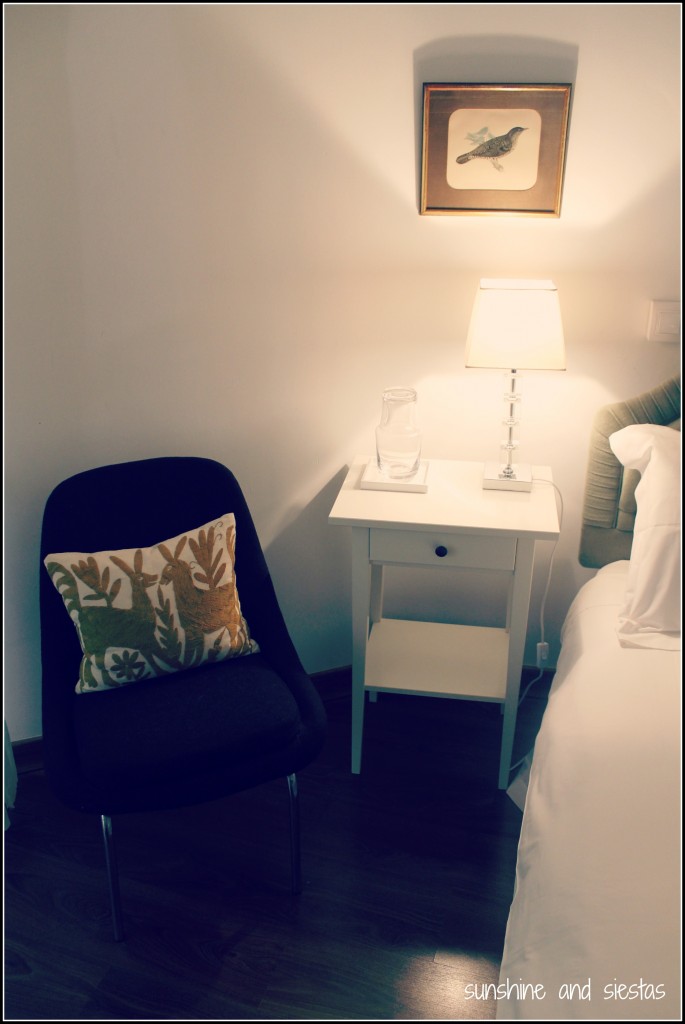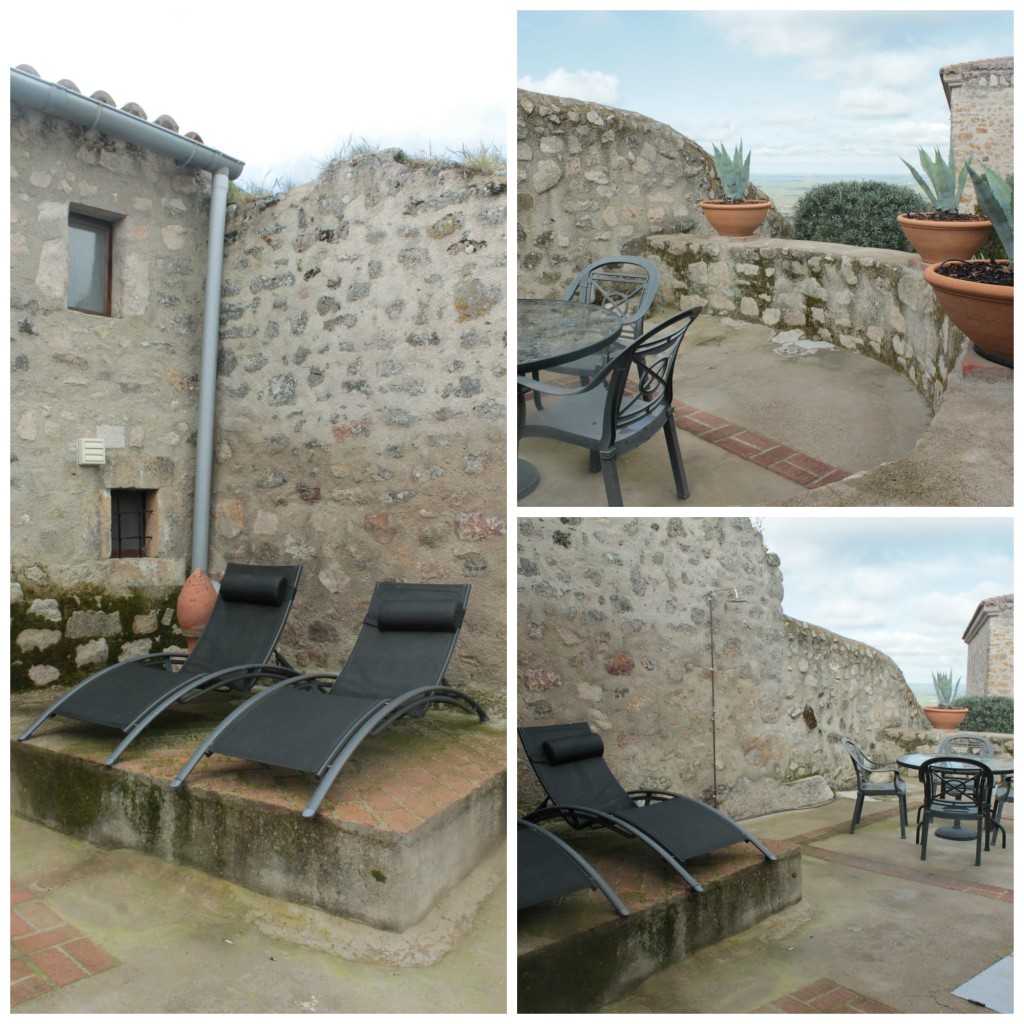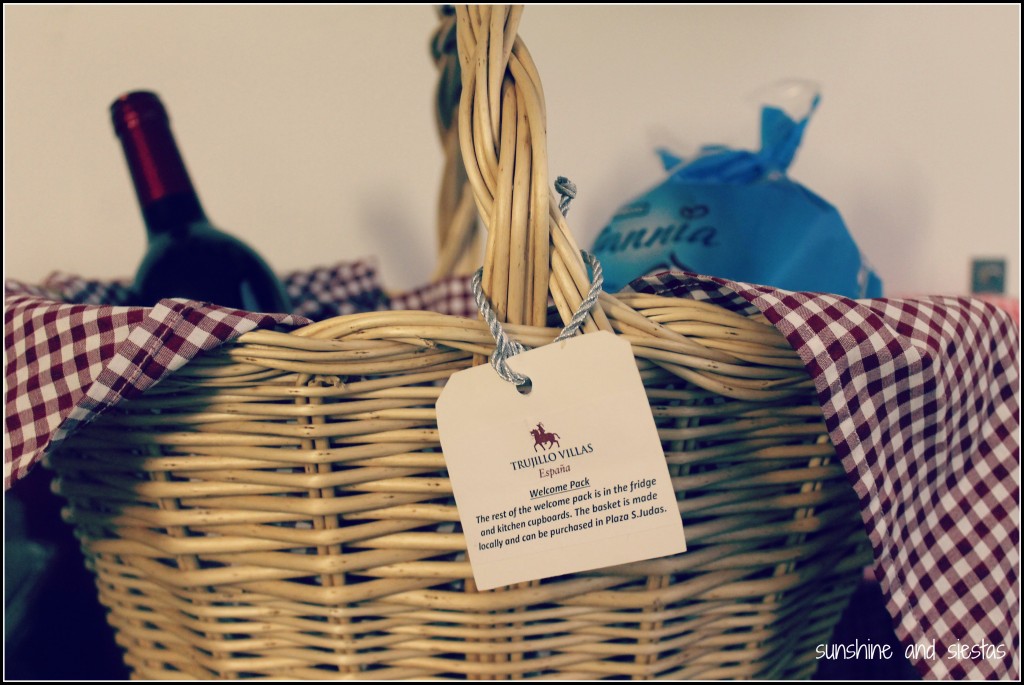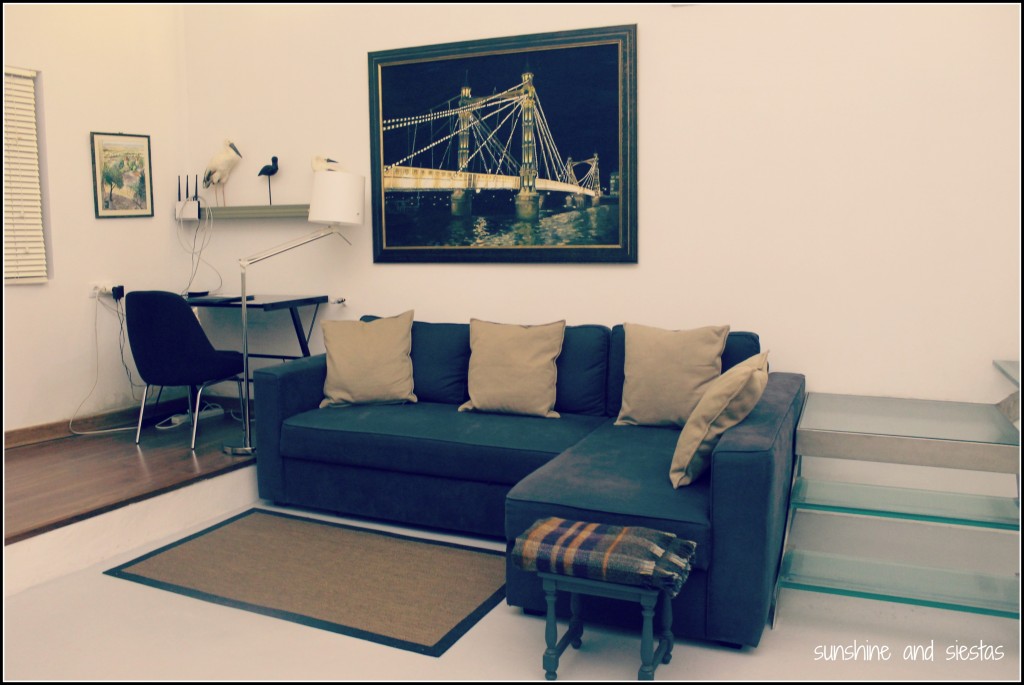The tweets and whastapps started coming in almost immediately, from friends, from followers, even from the Novio’s family. Te acompañamos en el sentimiento, Cati. Are you holding up alright? Will you light a candle for me in her honor?
Ok, so my favorite Spanish tabloid staple and Seville’s most famous resident passed from this world, likely flamenco dancing up to the Pearly Gates (of which she has probably had claim on for five generations), but I’m not falling over crying. Just sighing that I won’t now get to imagine passing her on the street the way I’ve done with Falete or have a beer at the table next her, as I did with Mariano Peña a few weeks ago.
Photo from El País
Throw a mantilla over the Guadalquivir, y’all – Cayetana has left her beloved Hispalis and this world on November 20th, and the city is just a little sadder and a bit less colorful without her.
My blog can be described as a love letter to Andalucia, to expat life in Spain, to Spanish culture. So what sort of service would I do to readers if I didn’t give my virtual eulogy to a Spain’s most decorated aristocrat and a woman who I’ve been fascinated with since my first disastrous time in the chair of a peluquería with the prensa rosa spread across my lap so as to avoid conversation with the hairdresser?
Who is María del Rosario Cayetana Fitz-Stuart James?
The Duchess, known as Cayetana, was born in the Liria Palace of Madrid to Jacobo Fitz-James Stuart, 17th Duke of Alba, and his wife María del Rosario de Silva y Gurtubay. And it gets better – her godmother was Victoria Eugenie, wife of King Alfonso XIII.
Through a complex series of marriages, lineages and inheritances, Cayetana (full name: María del Rosario Cayetana Paloma Alfonsa Victoria Eugenia Fernanda Teresa Francisca de Paula Lourdes Antonia Josefa Fausta Rita Castor Dorotea Santa Esperanza Fitz-James Stuart, Silva, Falcó y Gurtubay [no joke]) held more noble titles recognized by a still-existing country and was considered Grande de España fourteen times over. In fact, when Scotland was debating independence from the UK, The Duchess had a shot at becoming its queen.
And that isn’t even the good stuff, unless you like challenging yourself with memorizing her monikers and all of her titles.
How did she get so darn famous?
All that nobility stuff aside, what really made Cayetana famous was her willingness to break with convention. Friend of Jackie O, asked to be Picasso’s muse and considered one of the most beautiful women in Spain when she was younger, the Duquesa has been in the spotlight since her family returned from exile after the Spanish Civil War.
Photo from Breatheheavy.com
Cayetana was raised to love art, horsemanship and performance, passing her holidays between London, Seville and her native Madrid, and she became the 18th Duchess of Alba when her father, Jimmy, died when she was 27 years old.
As the head of the House of Alba, it fell on Cayetana to attend to her family’s mass fortune, which includes thousands of acres of land, a dozen palaces and countless works of art and historical artifacts.
This, of course, was a high price to pay, and much of her life was rocked by ESCÁNDOLO as she became a rather permanent fixture in tabloid covers. And being preceded by another scandalous Cayetana de Alba, rumored to be painter Francisco de Goya’s muse in La Maja Desnuda and La Maja Vestida, not one part of her private life seemed safe – not marriages, children or fortune, much less her desire to live her life as she saw fit (or even bare all in the Baleares or danced barefoot in the streets of Seville).
In 1942, and at the urge of her family, she married fellow aristocrat Luis Martínez de Irujo and had six children – five males and a female, each of whom inherited a title and promise to the patrimony. She was widowed in 1972, and rather than living out her days, she married a defrocked Jesuit priest and illegitimate love child, Jesús Aguirre y Ortíz de Zurrate in 1978.
Once more, she outlived her second husband and spent years throwing herself into promoting Spanish culture and filling her agenda with social and charitable acts.
Scandal shook when Cayetana was rumored to be romancing Alfonso Díez, a civil servant and public relations pro who is 24 years her junior. Her children staunchly opposed, as did the King of Spain, but Cayetana maintained that their longtime friendship had evolved into something more amorous, and to prove it, she divvied up her money and properties to her children and grandchildren.
And none for Alfonso Díez, as Gretchen Weiners can sympathize.
picture from The Local
Just before the wedding in 2011, Intervíu magazine featured the Duchess on the cover in an old photo, sunbathing topless during a family trip years before. Like most of the scandals, Cayetana shrugged it off and did her thing. She and Díez married in Seville in October of that same year, and after the small ceremony concluded, she and her pink wedding dress took to the street to dance sevillanas. How’s that for a big old middle finger to convention and royal behavior?
A people’s royal, indeed (and I like to think she had a cervecita at the bar across the street from her palace rightwards).
And, Why do I love her so much?
The only time I ever saw the Duquesa de Alba, she was riding in her horse carriage down Calle Gitanillo de Triana. I thought she was a mirage – or that I was in a rebujito haze – and tried to pull out my camera from deep within the folds of the volantes of my flamenco dress.
Photo from El País
I ran back to the caseta, exasperated, to tell the Novio. “Well of course, she’s a woman unafraid to be with the masses, to enjoy Seville the same way that we do.” For someone from a country that has always debunked the monarchy and where wealth is amassed more from hard work (or, ahem, scandal), the thought that someone so rich would walk around the center of Seville in ballet flats seemed uncanny.
And that she was. Cayetana was larger-than-life, avant garde, cercana. A true lover and believer of the ‘Live and Let Live’ school. I like to think she was a fighter, from the difficult pregnancy her mother had, to the various health problems that plagued her later in life.
When news that she was frail and had been transferred from the hospital to her favored residence, Palacio de las Dueñas in the heart of Seville, I knew it was the beginning of the end.
It’s a well-known fact that I’ve always joked that the one big thing left on my Seville bucket list is meeting the Duquesa de Alba. On Friday morning, I became one of 80,000 people to file past her mortal remains, draped with the Spanish and Casa de Alba flags, at the Ayuntamiento. Said to be deathly afraid of being alone, the streets were full of reporters, well wishers and even curious tourists from other parts of Spain.
I stayed silent, not because I was reflecting on Cayetana’s life or because I was uninterested, but because it didn’t seem like the time or the place. I had to laugh that the viewing room of a public figure is called the capilla ardiente – a flaming chapel for a flamboyant character. Seems about right.
Because really, my love for Cayetana goes más allá – she’s more like a metaphor for how much I love Spain and its culture. The Duquesa was dedicated to Spanish art as an avid collector, to flamenco, to bullfighting, to horsemanship.
The Novio jokes that I’ll be the new Duquesa de Triana because Cayetana and I share many passions – Cruzcampo, Real Betis Balompié, Sevilla and the salt of life. I want to live my years left on my own terms, surrounded by people I love and leaving some sort of legacy, no matter how insignificant. I don’t need to have an autobiography or to be a topic on Sálvame, but should it happen, I sincerely hope to not give a crap. Olé tú, Cayetana, y que viva la Patrona de Dejarme Vivir.
My one request when it’s my turn to go? That my ashes be spread between Lake Michigan, Calle Gitanillo de Triana and Cervcería La Grande.
